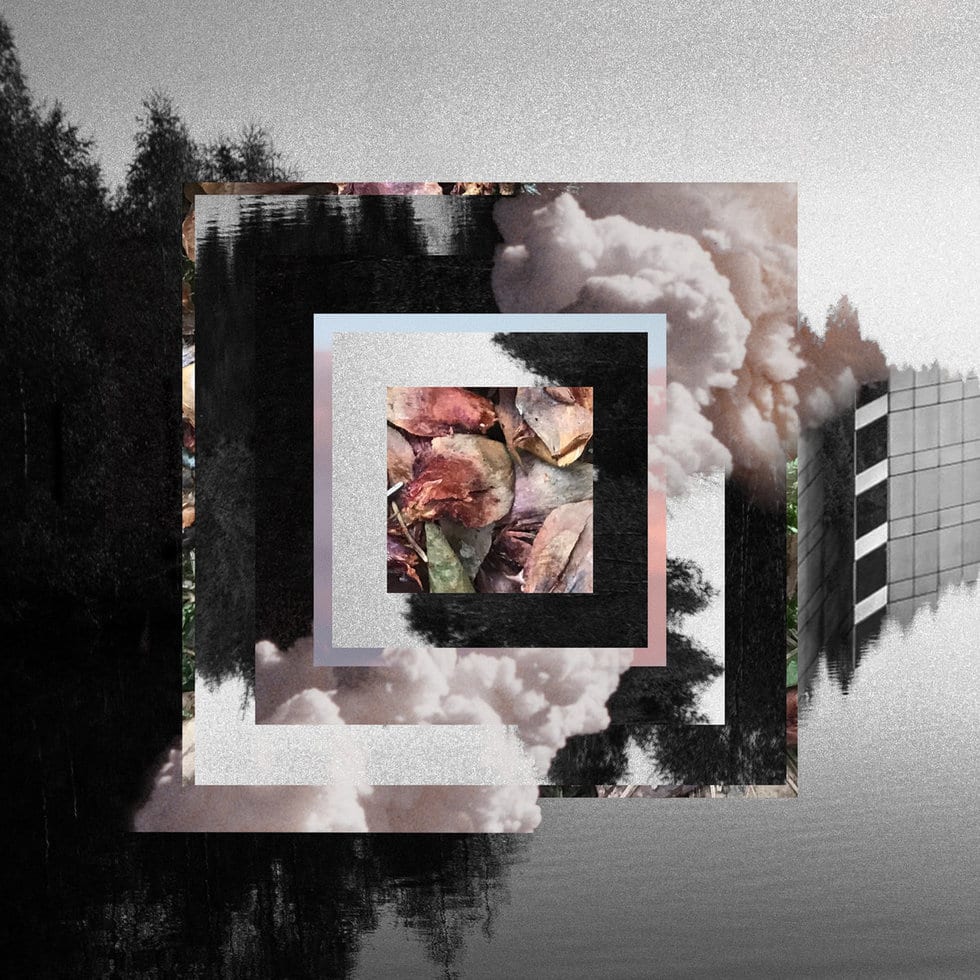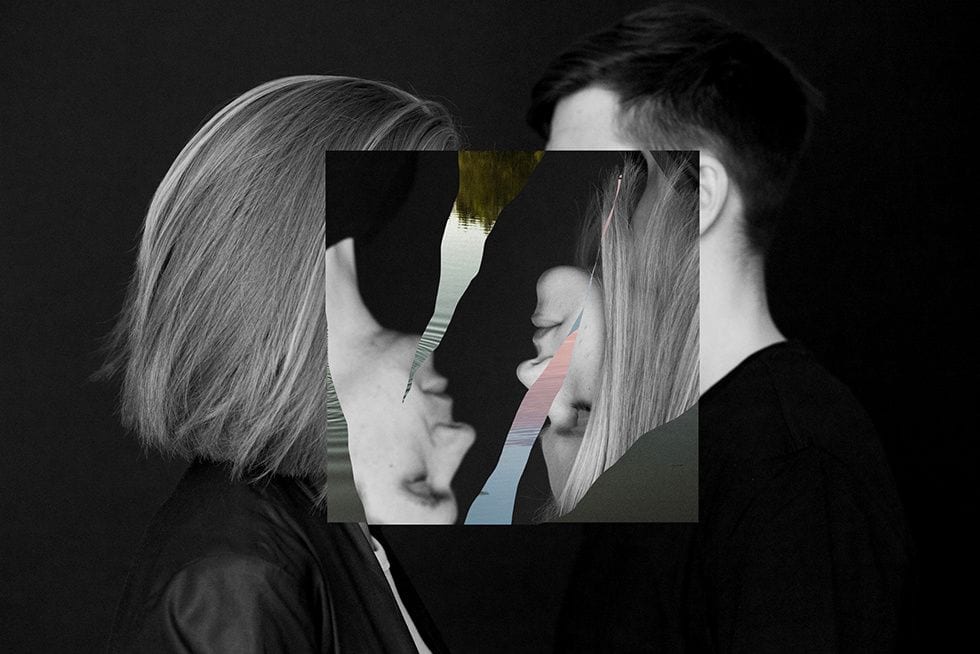
I first experienced Maarja Nuut‘s music at the 2017 WOMAD festival. The first morning, having tramped in from the bus stop through the horizon-spanning array of tents, having made headway down busy tracks and wood-barked crossing points, girlfriend and I laid a blanket down in a back corner of a performance tent and peered over the heads of a hundred seated audience members. I soon found myself impersonating the upright posture of a meerkat, stretching and craning so as not to miss a moment. Nuut’s understated and charming performance was a highlight of the entire festival for me. Nuut described her discovery, in the archives of a university, of 78-year-old recordings documenting the pre-Soviet tradition of village folk music in Estonia. She went on to say how she chose to inhabit some of the signatures of that music in her fiddle playing and vocals, while her lyrics were influenced by the stories therein either directly quoted or through her own interpretations. This cool dissection enhanced her music’s magic and deepened its resonance, as opposed to merely laying bare the mechanics.
I left on the Sunday night with a copy of her record Une Meeles: In the Hold of a Dream and the tune “Siidisulis Linnnukene” playing in my head. I walked around the house for days murmuring the song despite the words being entirely in Estonian, so whatever sounds I approximated bore no resemblance to what was being sung. Ordinarily, those moments are the mental equivalent of flies circling over one’s head but this was a far more enjoyable fixation, and I would find myself smiling and becalmed by this melody that had taken me over. That was a strong aspect of Nuut’s music, for me, this instinct for earworm loops or catchy vocal phrasings — testimony to music’s ability to communicate outside of formal language. My fear, approaching Muunduja, was that maybe, between the live set and Une Meeles, I had seen Nuut’s entire bag of tricks and there was nothing more to find…
…But no fear. Nuut’s collaboration with Hendrik Kaljujärv (aka Ruum) is a haunting journey over fresh terrain: features might look familiar but known qualities dissolve on closer inspection leaving only the pleasure of the new. Nuut and Kaljujärv have collaborated for a number of live performances, and it seems this has helped them insinuate themselves into one another’s work so thoroughly that Muunduja feels like a single entwined vision. While Une Meeles was very much centered on voice and fiddle, it was initially a surprise how readily Nuut cedes the spotlight to Ruum’s musical palette of analog and digital synthesizers, found sounds and environmental recordings. One of the album’s pleasures is the delayed gratification that resulted because more than half the material is instrumental thus, when Nuut sings, the impact is enhanced as well as the feeling of ‘significance’, that “this is the moment she chose to sing!” rather than the presence of her voice being merely an expectation and obligation.
The album is a duet, each artist allowing the other to push forward, each knowing when to pull back and lend clarity and sharpness to the other’s gifts. Kaljujärv’s work is new to me but there’s so much talent on display, and the results are dynamic and unpredictable. The nine songs work as a coherent suite without ever feeling like mere variations. “Käed-Mäed” is the first instrumental, an aggressive yet almost danceable piece that describes a complete thought then knows when to stop. The song shudders under the thump of the drum rhythm and hisses with tense friction as a growling bass rubs tight up against distressed strings.
“Muutuja”, by contrast, cedes limelight to the fiddle, its fluid movement in stark contrast to the alarm-pulse synth and shuffling percussion that rise and rise. The song ends with an unsubtle keyboard vamp twisting back and forth over a multitracked fiddle that has become so dense it seems to shiver in place, movement passing from the acoustic instrument to the electronic. Nuut and Kaljujärv constantly ask questions of themselves — how they can use a technique in a new way, how to create a contrast and separation between these songs.
Nuut has a mastery of the small declarative sounds possible with the human voice that, subtly deployed, can punctuate a song. On “Haned Kadunud” she huffs a backing rhythm which builds to an overwhelming asthmatic attack. Similarly, on “Mahe”, she sings a wordless melody that becomes an occasional punctuating gasp threading the space between a sinuous synth and a series of arpeggiated chords before all surrender to a furrowing wind. At WOMAD, Nuut demonstrated her use of looping technology, building and layering a song culminating in its full performance. Now, the live loop has become a cliché all its own but it’s an example of Nuut’s standout talent as a musician that she is selective about the contexts in which she deploys it and she is sufficiently giving, and intelligent, as a musician that she is happy for it to become part of the deep background of a track rather than ramming gestures at the listener.
The final song — which shares its name with Nuut’s previous album is a haunting in written form. Kaljujärv’s backing is, for the most part, a soft shiver of static like ruffled bedding, human breath, occasionally the delicate ripple of wind-chimes on a distant porch. Nuut meanwhile builds up her signature bed of vocal loops to underpin her swaying tune. Everything, her voice, the music, it all feels gloriously indistinct and unreal, only in the final minute does the slide of a fiddle bow pull the listener toward something physically tangible and real.

